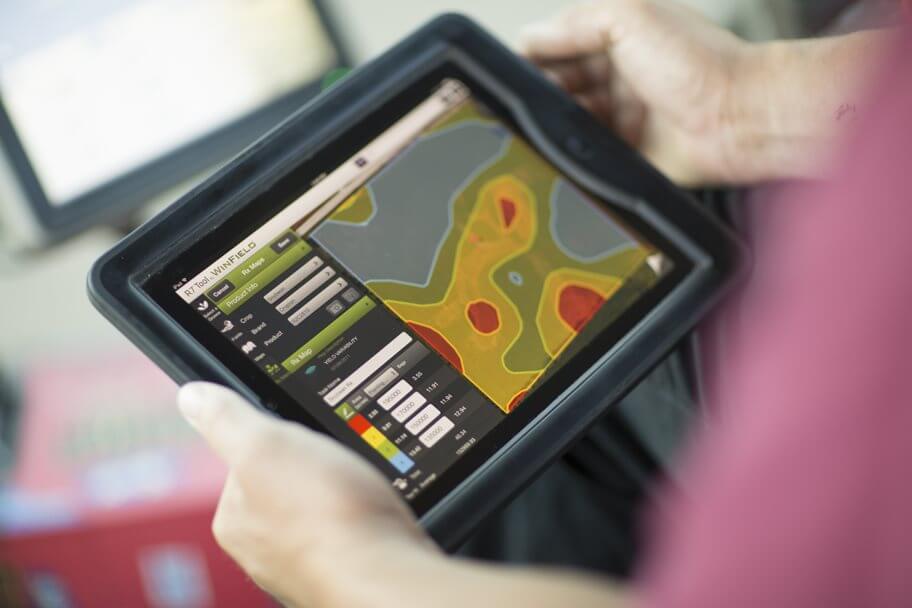5 Steps to Structuring Best-Use Cases for Training

When training people to use technology with farmer customers, one of the best tools is a set of best-use case scenarios. Comparing the usage of two operations that have different growing conditions and operational tendencies can often be one of the most effective ways to truly understand what the tool can do in different situations, or can reveal the primary types of situations sellers might encounter. Here are a few steps to structure best-use case training scenarios.
To learn more about training sellers to use ag technology tools, contact your local WinField United ag technology specialist.
- Provide initial tech-tool training. Prior to scenario training, provide background information on tool capabilities to ensure trainees are familiar with them. Using case scenarios is more successful when sellers are familiar with the tool(s) they’ll use.
- Select cases. Choose two operations with differing characteristics. Each situation should relate to what sellers might encounter with the majority of their farmers. For example, one case may have flat, non-variable fields with silt loam soils that are relatively productive across the board, where the other may have hilly fields and varying productivity as well as the ability to use variable-rate technologies.
- Provide operational background. Provide all relevant information about each operation that the seller would ordinarily have at the start of their work. This might include past field information, grower tendencies, the operation’s soil and yield maps, in-season imagery, etc. Grower tendencies might include their fertilization habits, the types of hybrids typically planted and rotation schedules, among others.
- Conduct hands-on session. The best way to teach someone how to optimize a tool’s usage is by allowing them to try it themselves. Have sellers go through each scenario and put their skills with these tools to the test. The endgame of this exercise should be walking through recommendations they would make to farmers based on the information they find.
- Include discussion time. Be sure to include time for you and the seller(s) to discuss the different situations presented. Exercises like this will often raise alternatives for each seller to consider when presented with similar situations. Identify how these plans and recommendations could be put to use as well as any specific farmers who would be interested in the technology.
To learn more about training sellers to use ag technology tools, contact your local WinField United ag technology specialist.

